Bat Trang seeks global recognition as Creative Craft City
Society – Economy - Ngày đăng : 15:25, 23/10/2024
 |
| Situated on the left bank of the Red River, Bat Trang is a famous traditional pottery village in Vietnam. Photo: Luu Trong Dat |
Long Nguyen
HA NOI - On October 21-22, the International Jury of the World Crafts Council (WCC-International) visited Hanoi to survey, evaluate, and consider recognizing Bat Trang village, located in Bat Trang commune, Gia Lam district, as a member of the Global Network of Creative Craft Cities.
The International Jury includes Mr. Aziz Murtazaev, Chairman of the World Crafts Council for the Asia-Pacific region; Dr. Sitthichai Smanchat, Vice Chairman of the Crafts Council for Southeast Asia; and Ms. Nadia Meer, Vice Chairman of the Crafts Council for the Africa region.
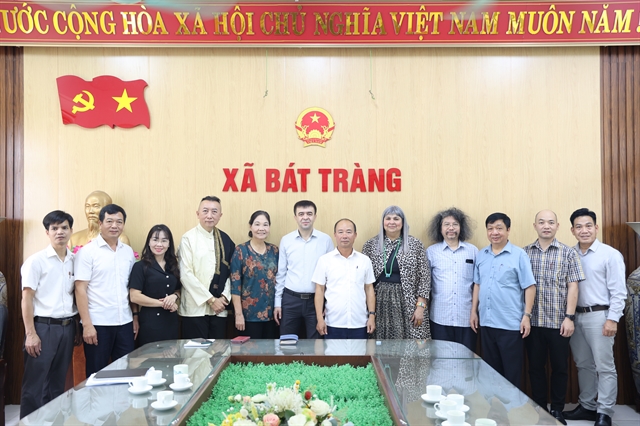 |
| The International Jury of the World Crafts Council met with the leaders of Bat Trang village and commune. Photo Long Nguyen |
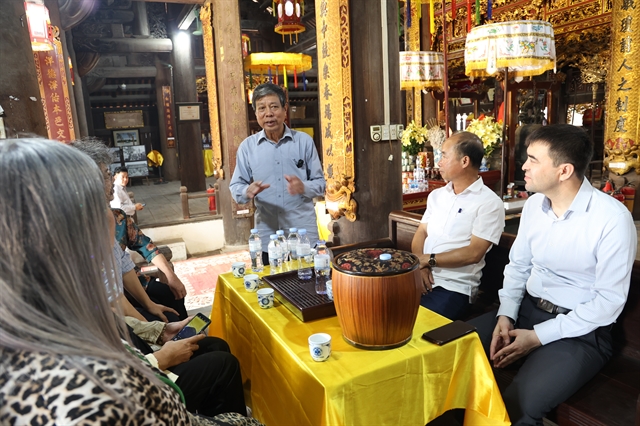 |
| The International Jury surveys, evaluates, and considers recognizing Bat Trang craft village as a member of the Global Network of Creative Craft Cities. Photo Long Nguyen |
During the two-day working visit, the International Jury met with the leaders of Bat Trang village and commune; visited the ancient village and traditional houses of Bat Trang; and met with artisans and skilled craftsmen of the pottery village. The delegation also visited the pottery street, exhibition rooms, and the Bat Trang Museum and met with small and medium-sized enterprises as well as international cooperation projects currently taking place in Bat Trang.
 |
| The International Jury visited the ancient village of Bat Trang. Photo Long Nguyen |
 |
| Exploring the Bat Trang ancient houses. Photo: Long Nguyen |
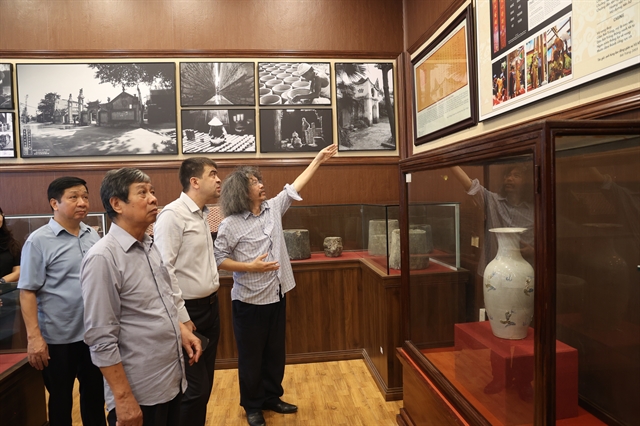 |
| Visiting the Bat Trang Pottery Preservation and Development Center. Photo Long Nguyen |
Through their work and firsthand experiences, the International Jury highly appreciated the unique values of Bat Trang village, from its cultural and historical significance to its economic and social impacts. The Jury believes that Bat Trang not only meets all the criteria of a traditional craft village but also deserves to become a member of the Global Network of Creative Craft Cities.
 |
| Meeting with the artisans and skilled craftsmen of Bat Trang pottery village. Photo Long Nguyen |
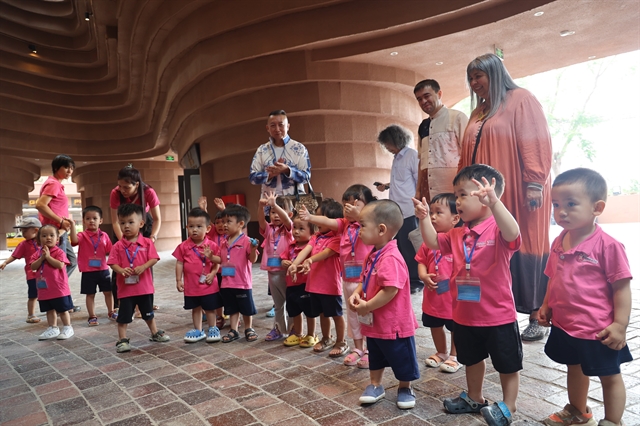 |
| Gaining firsthand experience at the Bat Trang Pottery Museum. Photo Long Nguyen |
Mr. Aziz Murtazaev, Chairman of the World Crafts Council for the Asia-Pacific region, expressed his amazement at the beauty and value of Bat Trang craft village: “Bat Trang is incredible! It exceeded our expectations."
Mr. Aziz Murtazaev stated that he will introduce Bat Trang’s products and talented artisans to countries around the world to spread the value of traditional culture.
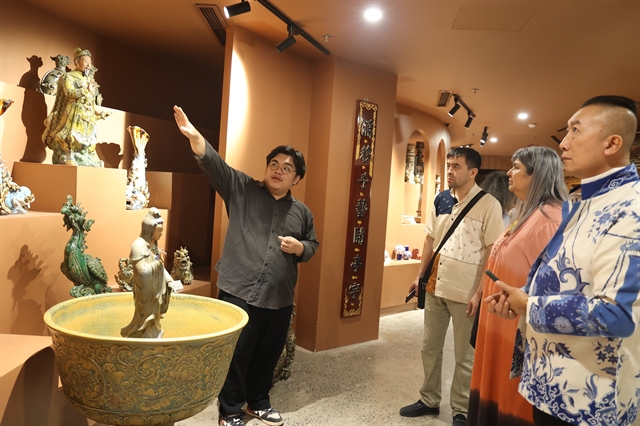 |
| Learning about the history of Bat Trang village at the Bat Trang Pottery Museum, one of the unique museums in Vietnam. Photo: Long Nguyen |
According to statistics from the Hanoi Division of Rural Development (under the Hanoi Department of Agriculture and Rural Development), Bat Trang commune currently has over 100 artisans, nearly 200 enterprises, and around 1,000 households involved in pottery production and business. These establishments have been creating jobs for tens of thousands of workers, contributing to the socio-economic development of the area. Bat Trang pottery not only holds a large domestic market share but is also exported to many countries worldwide.
Despite going through the ups and downs of history, Bat Trang pottery still retains its traditional and cultural identity. Bat Trang pottery is handcrafted with traditional glazes such as blue, brown, cracked glaze, jade green, and cobalt blue. Even though they are made from clay, Bat Trang ceramics come in various shapes, sizes, and types, including worship items (incense burners, candle holders, wine jars, urns), household items (teapots, cups, bowls, plates, jars, vases), as well as decorative and construction ceramics. For many years, Bat Trang artisans and potters have focused on researching and producing various ceramic products.
 |
| Mr. Nguyen Dinh Hoa, Deputy Director of the Hanoi Department of Agriculture and Rural Development. |
Mr. Nguyen Dinh Hoa, Deputy Director of the Hanoi Department of Agriculture and Rural Development, shared that after signing a memorandum of understanding, the Department has collaborated with the World Crafts Council to develop a plan to upgrade the craft villages to become members of the Global Network of Creative Craft Cities.
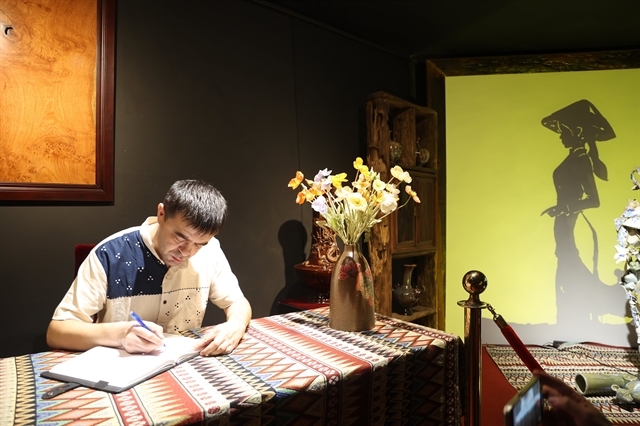 |
| Mr. Aziz Murtazaev, Chairman of the World Crafts Council for the Asia-Pacific region, expressed his amazement at the beauty and value of Bat Trang craft village. Photo Long Nguyen |
This effort helps enhance the status, brand, and value of craft villages, promoting comprehensive and sustainable development for Hanoi’s craft villages. At the same time, it improves the material and spiritual lives of the local people and creates opportunities for exchange, cooperation, and integration with craft villages within the Global Network of Creative Craft Cities. VNS
